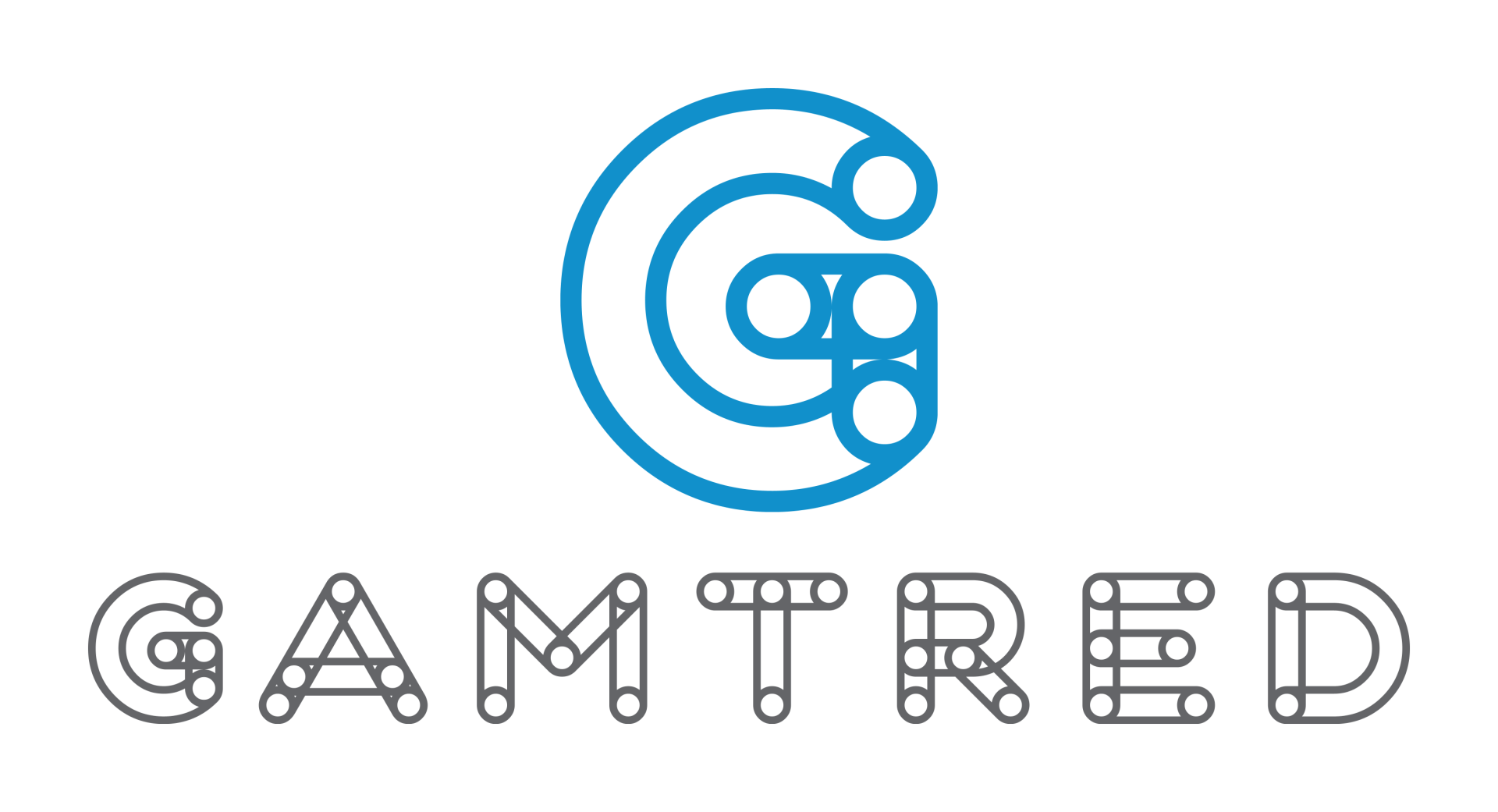QUOI DE NEUF?

financesonline.com gamification market research reveals a high growth segment propelled by the increasing use of mobile devices and the expansion in the traditional method of gamification beyond marketing and education. If you use SaaS tools for small business, you’ll notice that gamification features are often included in many of these systems. In help desk solutions, for example, they help improve customer support staff operation. The truth is that you can “gamify” or place game principles in just about any business function for any type of business to get the desired results as long as the mechanics are correctly designed and implemented. The gamification market size in 2020 had a global value of $9.1 billion and is predicted to register an impressive growth rate of 27.4%, reaching $30.7 billion by 2025 (MarketsandMarkets, 2020). However, according to a report by Research and Markets, a more modest but still significant growth rate will be experienced by the gamification market, with a CAGR of 24.2% from 2020 until 2030 (Prescient & Strategic Intelligence, 2020). The Human Resource sector is expected to register the highest growth rate in the gamification market, having a CAGR of 27.8% (Prescient & Strategic Intelligence, 2020). What are organizations looking to buy? This can be gleaned from the projected growth rates of three major game-based products and services—custom development services (47.5%), authoring tools and platforms (39.3%), and packaged retail games (31.7%) (Metaari, 2019). The biggest user of game-based learning solutions is the corporate sector, posting an astounding growth rate of 47.5% (Metaari, 2019). In a 2019 to 2024 forecast of game-based learning growth rates for seven regions, Western Europe emerged with the highest growth rate of 47.2%, Eastern Europe followed at 42.2%, Africa 41.3%, the Middle East 36.2%, North America 35.2%, Latin America 30.1%, and the Asia-Pacific 27% (Metaari, 2019). Game-based learning and education will generate a revenue of more than $24 million by 2024 (eSchool News, 2019).
ÉVÈNEMENTS À VENIR
Lun
Mar
Mer
Jeu
Ven
Sam
Dim
31
1
2
3
4
5
6
7
8
9
10
11
12
13
14
15
16
17
18
19
20
21
22
23
24
25
26
27
28
29
30
1
2
3
4







